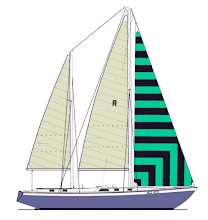
The Ageton method is an excellent alternative to the many celestial navigation sight reduction methods out there. For those not familiar with the Ageton method expect to spend a day practicing to get comfortable with Bowditch table #35 (or H.O. 211) and the suggested summing sequence of A, B, and K values. At first the whole process will seem strange but the method will grow on you each time a sight reduction is completed. Allow ten minutes to obtain an Hc calculated altitude and Z azimuth. The compact size of the tables and being able to use any assumed position are the advantages over Pub. 249 and 229. The whole reduction can be done on one side of an index card.

































